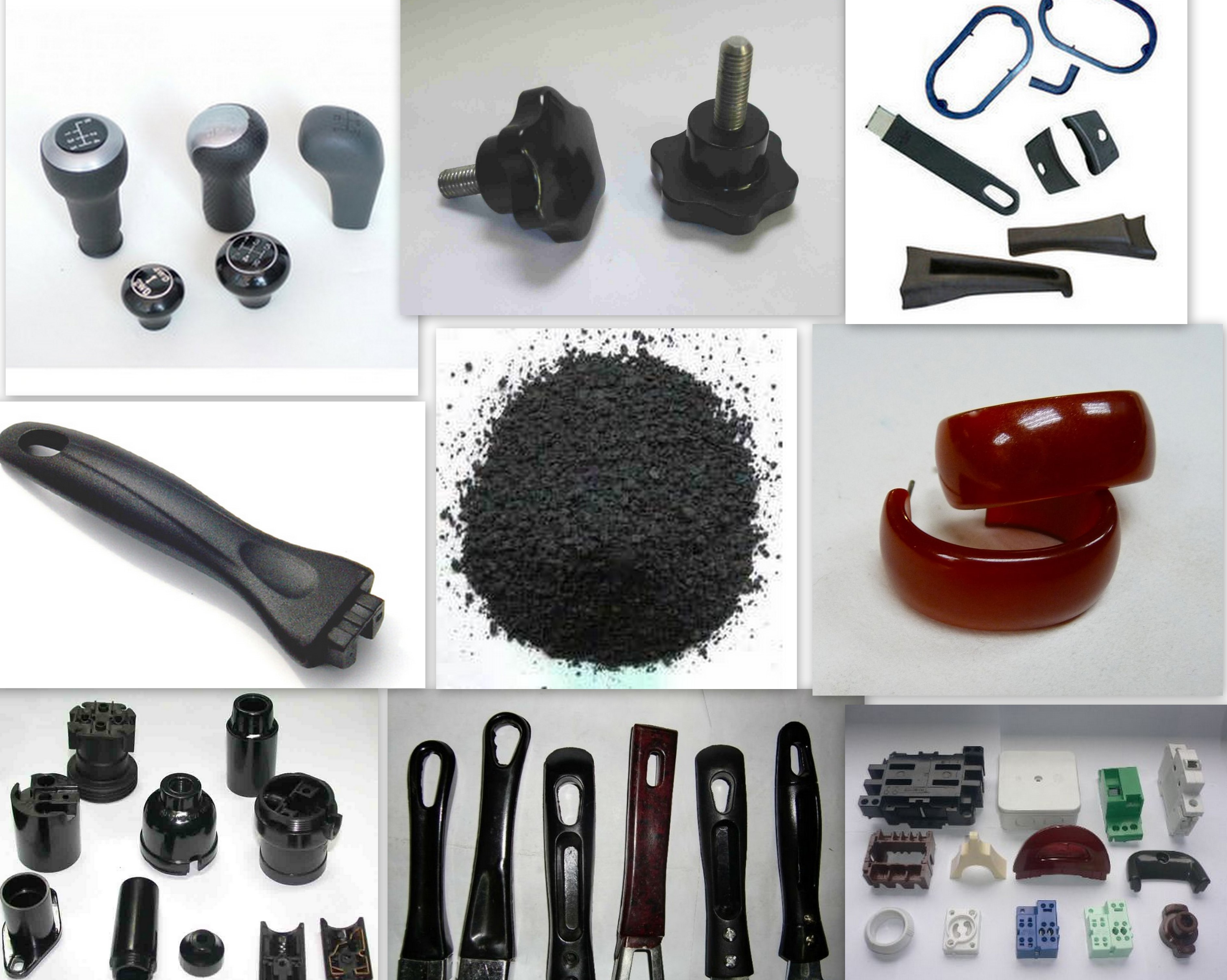 | |||
 |
KUMRU KİMYA
SANAYİ VE TİCARET LTD.ŞTİ. | ||

|
|
Kumru Kimya whose main purpose is customer satisfaction was established in 1972 and since that time it has been trading plastic raw materials. In this direction, it is trading with the most important petrochemistry manufacturers in all over the world particularly Europe, Far East and Asia. Kumru Kimya exports mainly Urea formaldehyde, melamine-formaldehyde and phenol-formaldehyde (Bakelite) moulding powder, glazing powder (lamalit), polyethylene (PE), polypropylene (PP), polyvinyl chloride (PVC), polystyrene (PS) and ABS raw materials.
|
PHENOL FORMALDEHYDE – BAKALITE  *****There is black Bakelite moulding powder in our stocks. Get in contact with us for the best prices in the market. Phenol formaldehyde or Bakelite (it is also known as Bakelite in the market) was developed by the Belgian chemist Leo Hendrik Baekeland (1863-1944) in 1909. It is an artificial resin obtained by heating formaldehyde and phenol with ammonia in alkaline environment. During the resinification process, Bakelite is primarily in liquid or mastic form. This form of Bakelite is called “Bakelite A”. It is solidified by heating. This form is called “Bakelite B”. Afterwards, it is turned into powder by getting mixed with filling materials such as paper, asbestos and fibre. Then it is put into moulds and heated again. This last form is called “Bakelite C”. As a consequence, it can now be used in every form and everywhere. It is one of the most important synthetic materials that are used in electrical equipment productions. It is especially used in mine production for military purposes. The most important reason of this is that Bakelite is solid and cannot be detected by mine sweeping devices. General Features of phenol formaldehyde moulding / Bakelite powder Phenol formaldehyde moulding powder is processed by using both injection and compression moulding methods. Thanks to the features that are listed below it is commonly used in many final product which requires electrical non-conductivity and heat non-conductivity. 1)The particles that are moulded have a smooth and brilliant surface 2)High dimensional stability in the particles that are moulded 3)Resistance against low impact and fragility in thin particles 4)High workability feature 5)It protects its chemical features even in freezing cold 6)High temperature endurance in the moulded particles (it preserves its dimensional stability up to 150 C and doesn’t face any deformation) 7)Low temperature conductivity (Thanks to this feature, kitchenware handles remain cold so you can touch them easily) 8)High resistance against burning (Thanks to this feature it can be safely used in the particles that can start a fire) 9)High chemical resistance against alcohol, fats and many solvents 10)High electrical non-conductivity How should phenol formaldehyde / Bakelite raw material of high quality be? There are various phenol formaldehyde raw materials. Therefore, for the producers choosing the right supplier can be difficult. Choosing the right raw material of high quality is very important because the right raw material increases the productivity in production process and has a crucial role in providing the required performs features of the final product. You can experience the quality of the Bakelite raw material that we have offered our solution partners with the features given below. Usage Areas Thanks to its heat resistance and electrical non-conductivity it is widely used in electrical materials. It is preferred as raw material in materials such as lamp sockets and coils. Recently, it has begun to be used in kitchenware handles because the prices of melamine formaldehyde are too expensive. Especially teapot and kitchenware handles are painted by being produced with black phenol formaldehyde raw material. Phenol formaldehyde moulding powders are used in moulding machines and in the production of ashtray, kitchenware and teapot handles and lamp sockets. They are divided into two main groups as injection and compression moulding powders. Raw material takes shape in the mould depending on factors such as fluidity, moulding time and temperature. By increasing the fluidity, moulding time can be reduced but this also means that the amount of catalyst in the raw material should also be increased and thus the expiration date of the raw material will be reduced. |